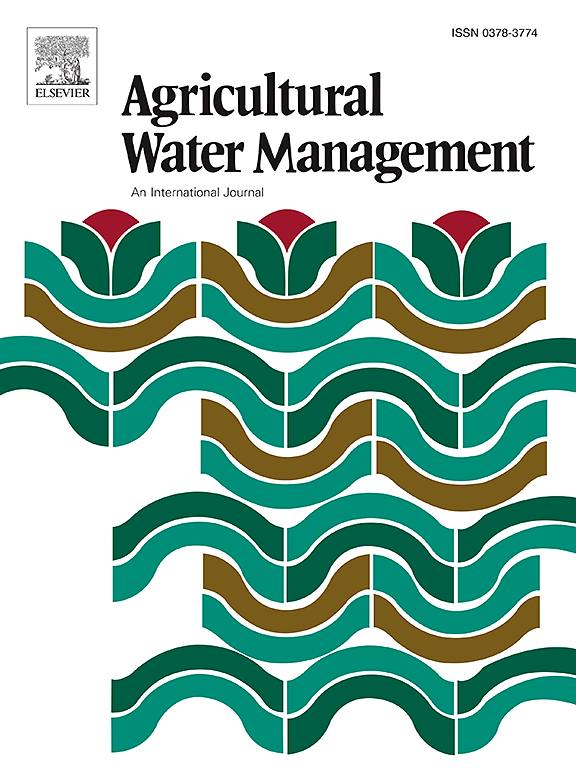Effects of land use/cover change on propagation dynamics from meteorological to soil moisture drought considering nonstationarity
IF 5.9
1区 农林科学
Q1 AGRONOMY
引用次数: 0
Abstract
Precipitation deficit will directly affect soil water, and soil water deficit will directly influence crop growth and exert a definite influence on the hydrological cycle. At present, drought propagation is based mainly on the hypothesis of serial stationarity to analyze the propagation from meteorological drought (MD) to soil moisture drought (SMD), but with global climate change, the hypothesis of stationarity has been overturned. Research on drought propagation under nonstationarity is lacking. To this end, it is exceedingly meaningful to explore the propagation from MD to SMD under nonstationary conditions. Taking three regions of Luanhe River Basin (LRB) as the subject of study, the generalized additive models for location, scale and shape (GAMLSS) model was utilized to construct a nonstationary drought index. The drought propagation time (PTm) and propagation threshold (PTr) were calculated via conditional probability, and the dynamic change in drought propagation was analyzed via a moving window. Finally, the optimal parameters of the model were established on the basis of land use data from 1980 via the soil and water assessment tool (SWAT) model, and the land use data from 2000 and 2018 were replaced to investigate the comprehensive effects of land use/cover change (LUCC) and climate on drought propagation. The findings indicated that (1) the precipitation and soil moisture series were nonstationary during the growing season from 1962 to 2018; (2) the shortest static PTm was observed for Chengde in spring and autumn and Hanjiaying in summer, and the drought propagation process in Hanjiaying was accelerating during the whole growing season; (3) under the two drought scenarios (moderate and severe), the largest static PTr of drought occurred in the spring of Sandaohezi and the summer and autumn of Hanjiaying, and the MD of Sandaohezi was more likely to trigger SMD in autumn; and (4) the LUCC had little influence on the drought PTm and PTr in the basin by changing the land use data of different periods (2000 and 2018) based on the SWAT model with fixed parameters. These findings have important implications for early warning of agricultural drought and water resource management in watersheds.
求助全文
约1分钟内获得全文
求助全文
来源期刊

Agricultural Water Management
农林科学-农艺学
CiteScore
12.10
自引率
14.90%
发文量
648
审稿时长
4.9 months
期刊介绍:
Agricultural Water Management publishes papers of international significance relating to the science, economics, and policy of agricultural water management. In all cases, manuscripts must address implications and provide insight regarding agricultural water management.
 求助内容:
求助内容: 应助结果提醒方式:
应助结果提醒方式:


